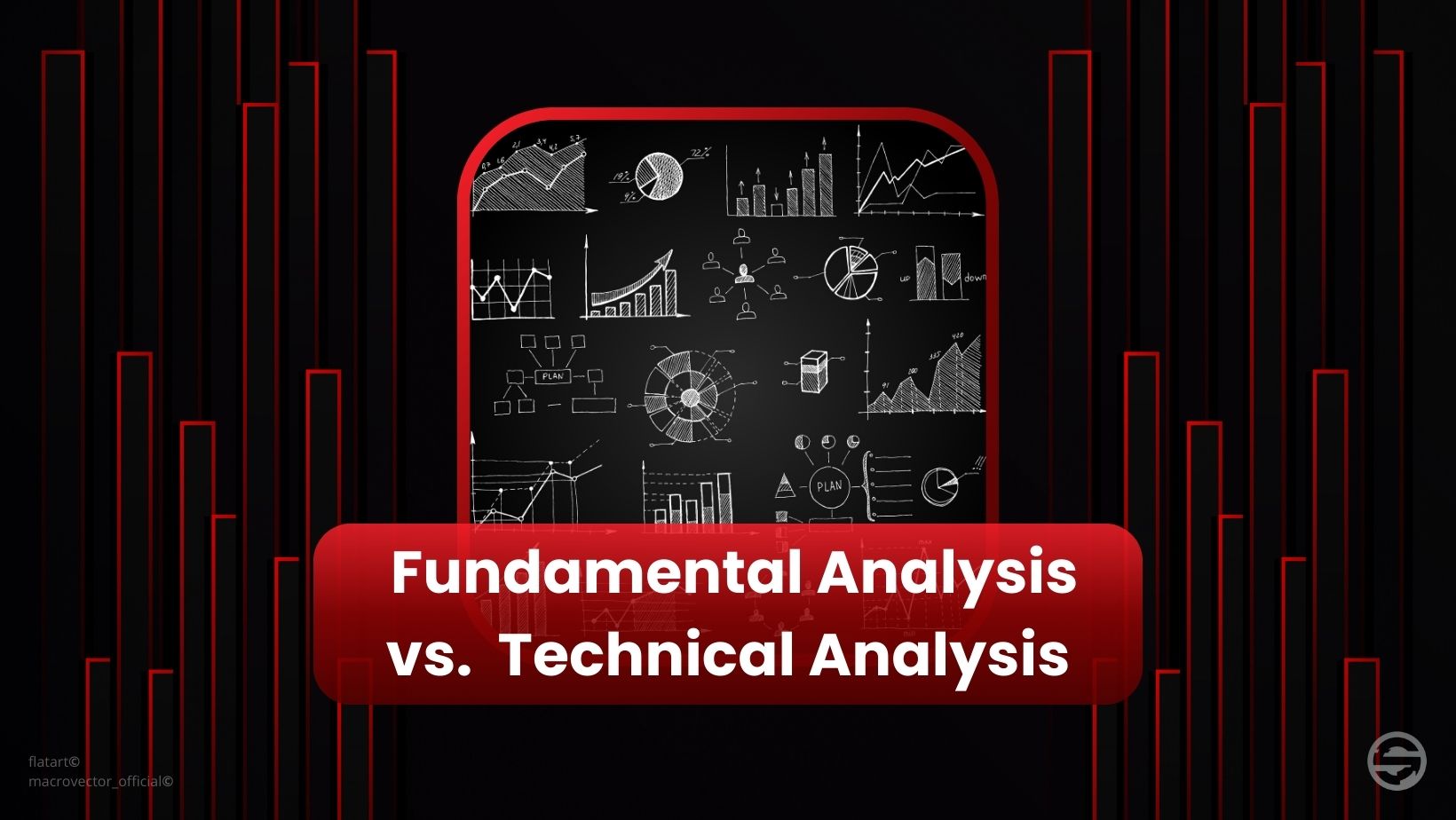
Table of contents
Fundamental analysis: understanding a company's intrinsic value
- Fundamental analysis is based on strong theoretical principles and argues that, over the long term, the share price should converge towards its fundamental value. For many decades, it has been the preferred method taught in academic institutions across the globe, its legitimacy largely attributed to the strong interaction between academia and the financial sector.

- In practical terms, fundamental analysis is an investment appraisal method that focuses on a company's overall financial health. Investors using this approach examine a company's financial statements, financial ratios, cash flows, earnings and growth prospects to determine its intrinsic value. They seek to understand whether a company is undervalued or overvalued by the market.
Key factors considered in fundamental analysis include revenues, earnings, debt, management, competitors, regulations and economic conditions. Fundamental investors seek to assess a company's quality and long-term viability.
Technical analysis: identifying trends and price patterns
- Technical analysis in financial markets has its roots in the first organized stock exchanges of the 17th and 18th centuries, where traders used price charts to track asset movements. In the 20th century, pioneers such as Charles Dow laid the foundations of modern technical analysis by developing concepts such as Dow Theory, focusing on trends and recurring patterns in prices. With the advent of computers, technical analysis developed further with access to sophisticated software and historical data, enabling analysts to use a variety of tools to assess markets.

- Unlike fundamental analysis, technical analysis focuses primarily on the study of price patterns and trends on financial charts. Technical analysts believe that all information about a company is already reflected in the share price, and that analysis of past price movements can help predict future ones.
Tools commonly used in technical analysis include moving averages, Bollinger bands, support and resistance levels, candlestick patterns and oscillators. Proponents of technical analysis believe that history repeats itself and that price patterns can provide clues as to the future direction of prices.
Main differences between fundamental and technical analysis
One of the main differences between fundamental and technical analysis lies in the data on which they are based. Fundamental analysis uses financial data such as revenues, earnings and ratios, while technical analysis focuses on price movements and historical trends.
Another difference lies in the investment holding period. Fundamental investors tend to have a long-term perspective, seeking to invest in undervalued companies with long-term growth prospects, while technical analysts may take a shorter-term approach, seeking to profit from short-term trends in the markets.
- Finally, fundamental analysis is often associated with investments in individual stocks, while technical analysis is often used in trading financial products such as currencies, commodities and stock market indices.

Conclusion
In the end, it's important to note that fundamental analysis and technical analysis are not mutually exclusive, and many investors use a combination of the two approaches to underpin their investment decisions. Understanding the differences between these two methods can help investors develop a more holistic and informed approach to investing in the financial markets.
Disclaimer: this is not financial advice. Satolix.io website aims to inform readers about Blockchain, cryptocurrencies and Web3. Any type of investment involves risk. Please do your due diligence and research the articles and projects presented on the site. Be responsible and don't invest more than your goals or financial means allow. In this regard, please read our page: Warning about virtual currencies.
Some articles on the site contain affiliate links, and using them to register on the site enables the site to grow through the collection of commissions. By doing so, you also make yourself eligible for a welcome bonus such as a voucher or reduced fees, for example.



 Trading
Trading 2024-02-26
2024-02-26
